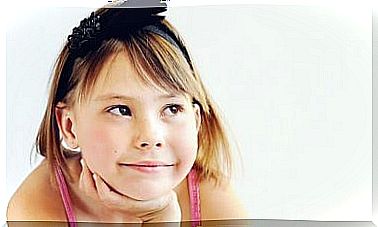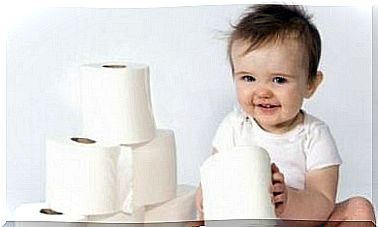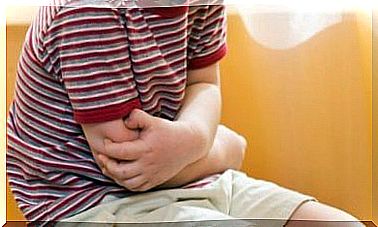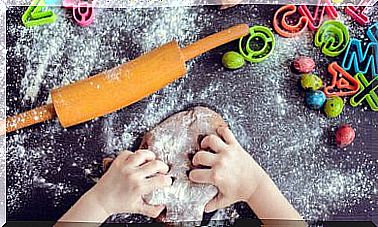What Are Anti-colic Bottles?
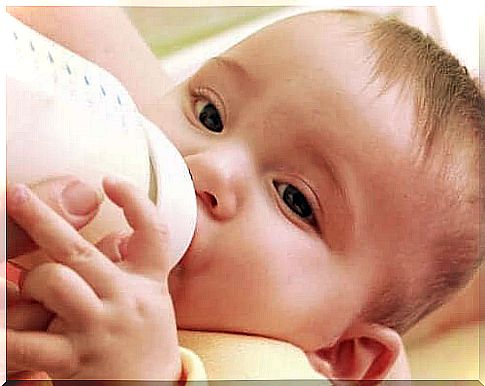
A mother should do everything possible to feed her child through exclusive breastfeeding for at least the first six months of life. However, sometimes milk production is not enough to meet the newborn’s nutritional needs. In these cases, an excellent option is anticolic bottles.
The bottle has become a mother’s best ally for many years, whether it is used from the beginning or to complement breastfeeding in the sixth month. This product has evolved over time to increasingly contribute to problem-free feeding for babies.
The choice of bottle is not something that can be done just like that. If we don’t choose one with the right characteristics, it can cause the baby to colic because of the suction of air between the lips and the nipple. So, instead of being a solution, this element is likely to become a problem.
When analyzing the endless options found on the market, any woman can feel at a loss to choose the one she believes to be the best. That is why it is advisable to give preference to anti-colic bottles.
What are anti-colic bottles?
Anticolic bottles came onto the market to solve a problem that has plagued many children for years. This type of bottle allows air to enter as the baby sucks, so he can regulate the rate at which the fluid is out without too much effort.
How do they work?
It is possible to find different types of anti-colic bottles. In some cases, they have two holes in the nozzle. This makes it easier for air to enter the bottle without affecting the milk, and this is how the effort children make when sucking is avoided. This is exactly what produces these painful abdominal contractions.
The secret of this product is in the cannula. Perfectly located in the bottle neck, it promotes airflow to the bottom. This way, the baby can feed calmly, without the blisters that form ending up in their belly and causing cramps.
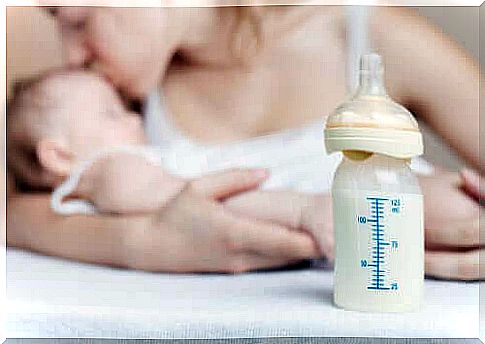
How to choose anti-colic bottles?
When you find out about your baby’s arrival, remember some recommendations so that you can choose the best among the best anti-colic bottles:
- It should be easy to use and useful, remembering that it will be used daily. Don’t get carried away by the cheerful prints and colors if the bottle’s functionality is precarious.
- Assess whether it is easy to clean and sterilize. This will help keep it clean.
- You must think about the form and material of which it was made. For the first few months the amount of food will be small and you will be the one to hold it, but as the child grows they will want to hold it with their own hands, so it is important to choose one that is comfortable in both cases.
- Even when the bottle’s design is ergonomic, its surface should be as smooth as possible.
- When choosing a nipple, take your child’s age into account. This will determine which one is best suited for him in terms of material, shape and number of holes.
Characteristics and Types
Currently, there are a multitude of brands that offer very good options for anti-colic bottles. The characteristics that differentiate them from each other are as follows:
Heat resistant glass bottles
They can be cleaned very simply and odors are not impregnated into the material. However, it is necessary to emphasize, as a disadvantage, that they are more fragile and heavier, both for the mother and for the baby, when he is already able to handle it alone. Furthermore, the material itself poses a risk in itself.
Unbreakable plastic bottles
They provide security for the moment the baby is going to handle it on its own. As a disadvantage, in this material, we can mention that their aesthetic beauty can be easily lost, as they are prone to scratches.
In addition, they often absorb food odors easily, complicating their cleaning.
Sizes and Shapes
During the first months of life, a bottle with a capacity of 90 to 120 milliliters is enough. As the baby grows, the volume should be increased to 240 to 340 milliliters.
As for the shapes that these bottles can take, we found these alternatives:
- Cylindrical: is the normal bottle, which can be used for any use.
- Triangular: easy to clean and very stable to hold.
- Wide: its large opening allows milk to be placed easily.
- Angular/Anti-reflux: It has an inclination that favors suction and prevents the entry of air.
- Ergonomic: its main benefit is its ease of handling for the baby.
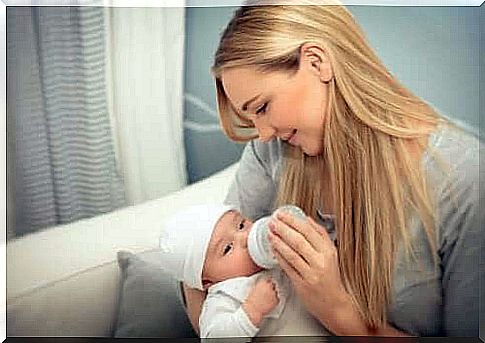
nozzles
As with baby bottles, there is a huge variety of nipples in relation to their characteristics. They may be of latex or silicone and have several shapes, the providing real comfort while sucking. Also, there are options with one or more holes.
The variety of anti-colic bottles is immense, but the best option will be the one that meets all the baby’s needs and provides solid well-being at the time of feeding or hydration.
Don’t be easy prey for advertising. Objectively identify the best option based on the premise that it is useful, easy to sanitize, and easy to handle for you and your child.

